When dealing with historical musical instruments, one of the things that fascinates is the variety of ideas with which new types of instruments were developed in the past. However, not everyone was granted success.
Today we would like to present a nice example of this from our show depot, the Hohner Organola harmonica.
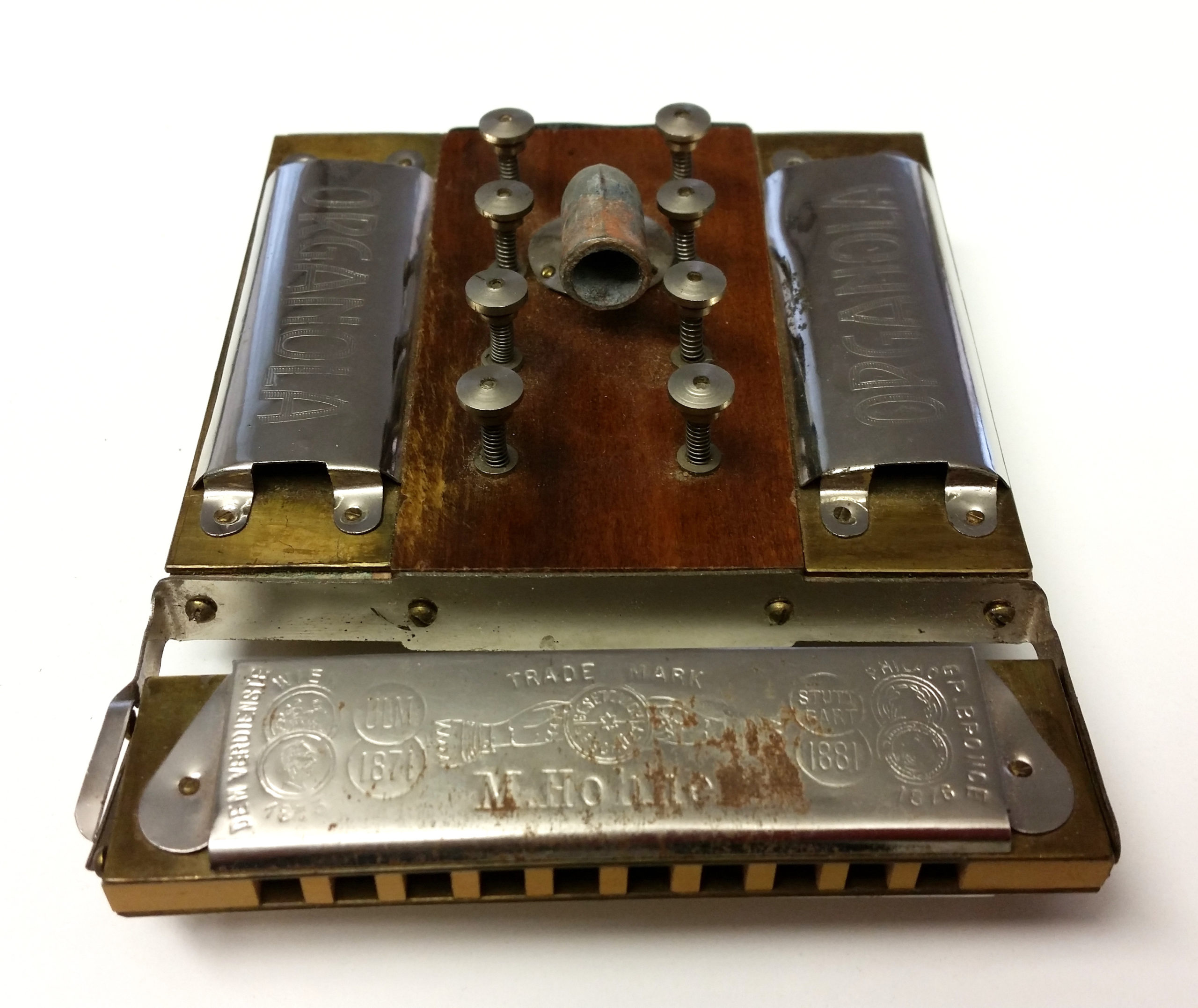
In 1902, Hohner launched the Organola with a lot of advertising. From the advertising documents and the imprints of the harmonica it can be seen that there were big plans for international export, even to Russia.
However, the instrument was not the expected hit, as the Organolo was no longer listed in the Hohner catalogs in 1905.
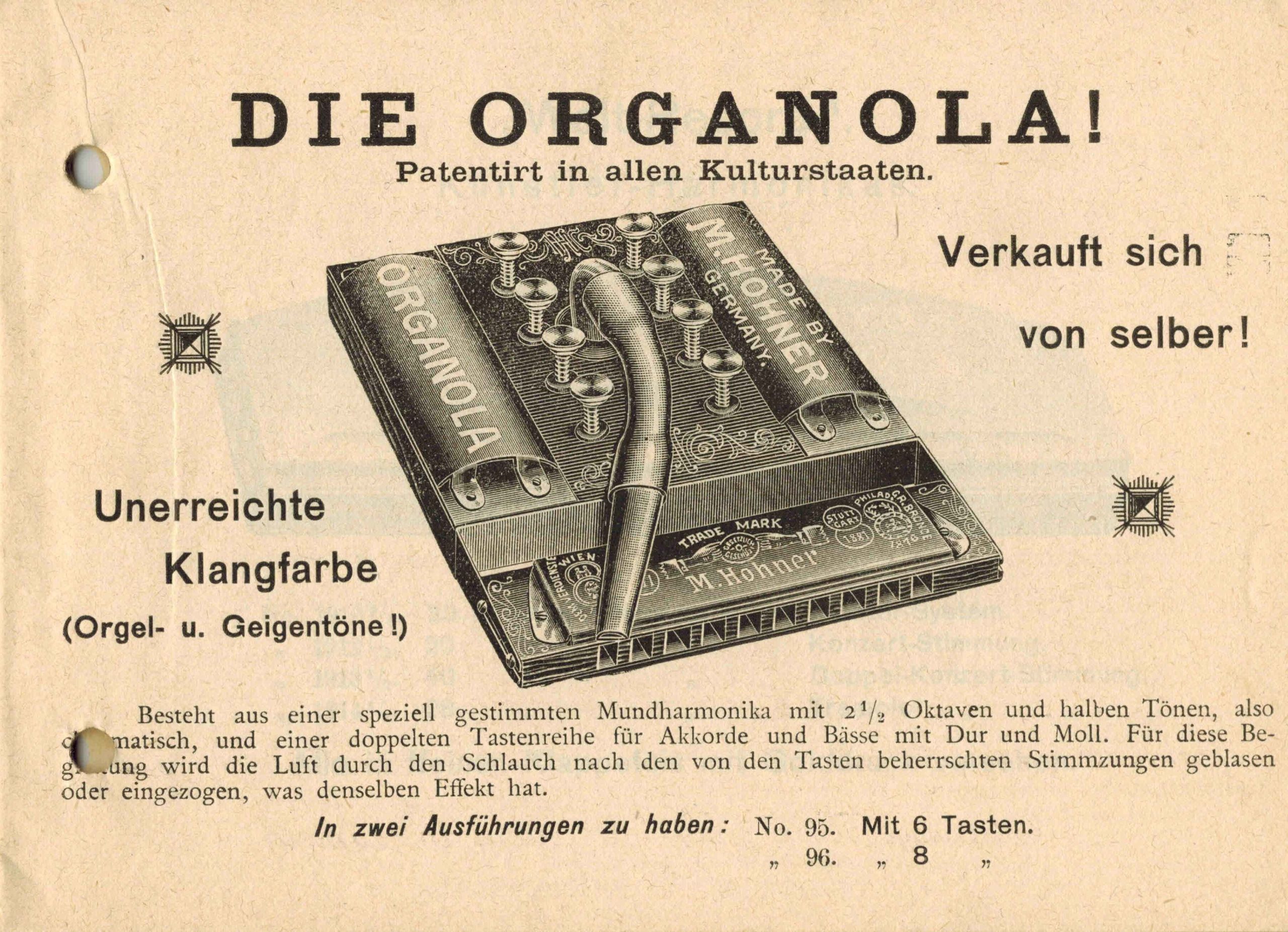
The musical instrument consists of three harmonica arranged at right angles. The two sides can be operated at the push of a button and blown using a short rubber hose; they play chords. The front harmonica is played directly.
It is not a Richter harmonica (which is still the widespread form of the diatonic or blues harmonica), but "a specially tuned harmonica with 2 1/2 octaves and half tones, that means chromatic".
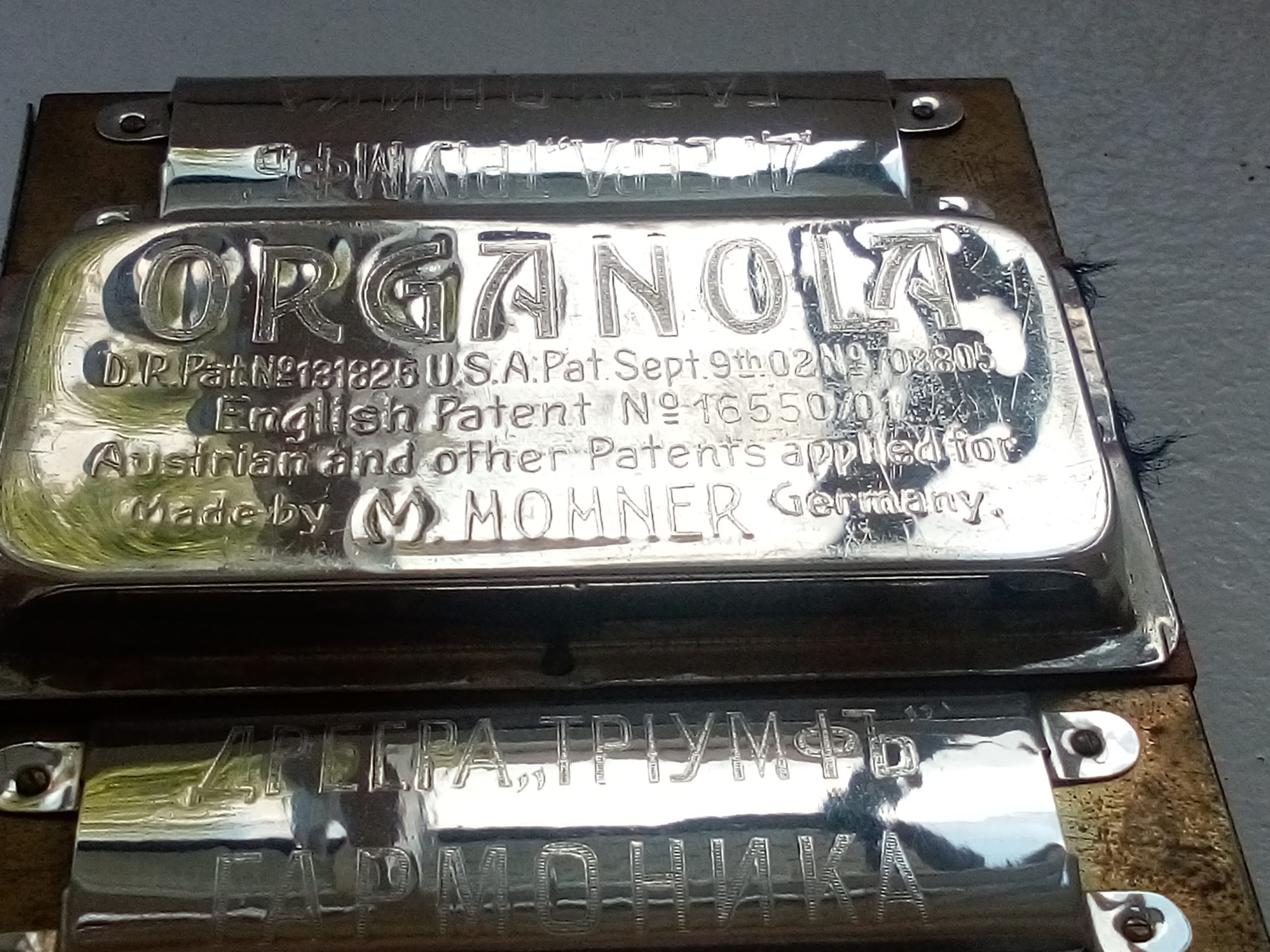
We have three copies, but only one of them has the original front harmonica with an Organola imprint on the backside. A check of the tones showed the following assignment (thanks to Günter Hauser):

Unfortunately, the reed stuck at the last note. This does not correspond to the advertising brochure, which speaks of semitones and chromatic. Maybe this harmonica has been retuned?
At least one musician was able to present the Organola impressively. For the normal player, blowing the melody harmonica and the blowing hose at the same time may not have been as easy as the advertising brochures promise. The unusual tuning of the melody harmonica should not have made the change from a Richter harmonica easier.


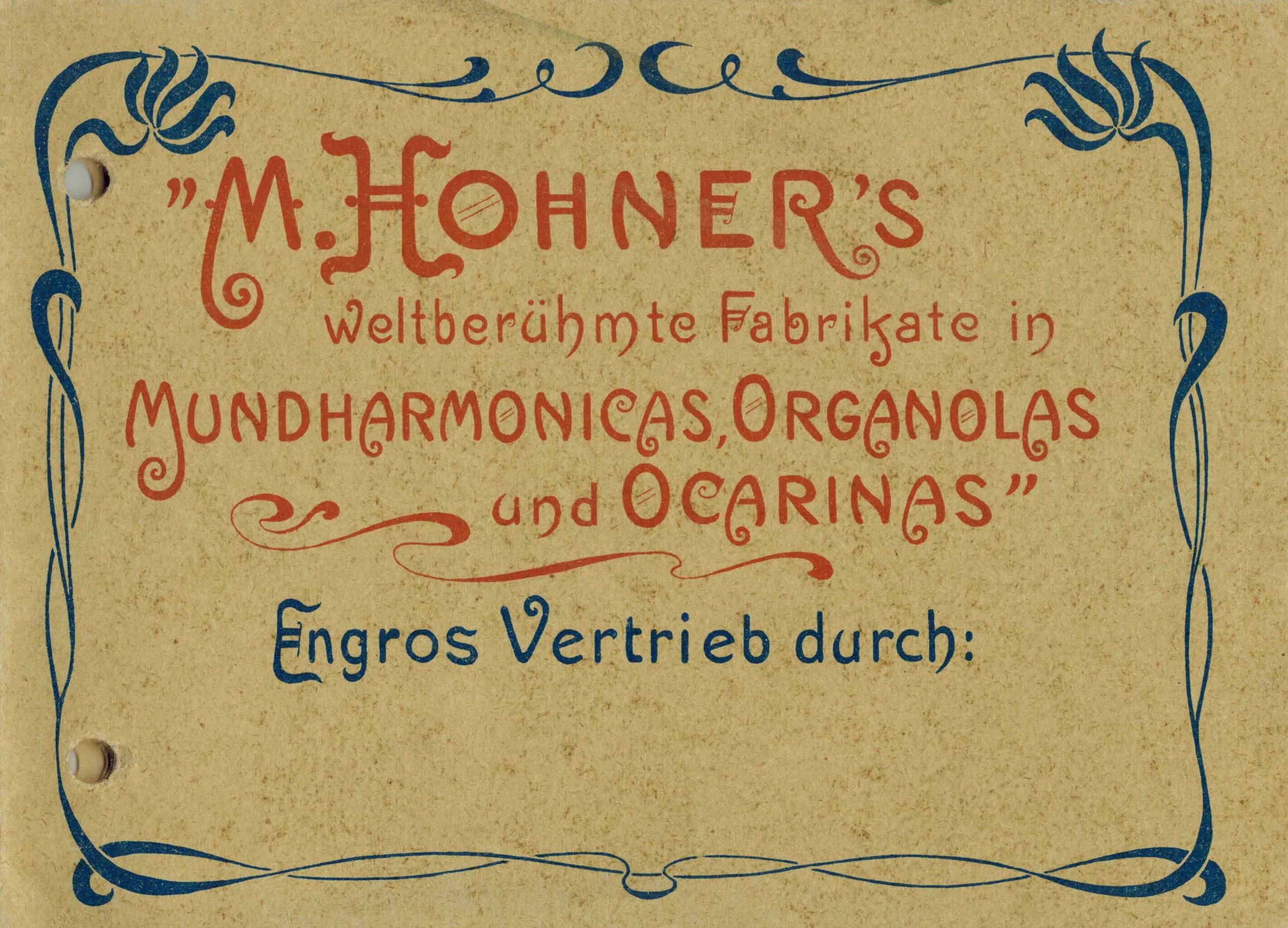

Precisely because the Organola did not become a bestseller, it is of course interesting for collectors due to the low sales figures.
Apparently, the melody harmonica was unscrewed from many copies and probably played alone. The original rubber hose has become porous over the years, so that it, too, will no longer be present in the original. The mouthpieces are then usually lost with the hose.
The harmonica collector Doug Dawson is in possession of an organola with rubber hose and mouthpiece. Since he lacked the original melody harmonica, he installed a Richter harmonica from this period. Thank you very much for the photo:
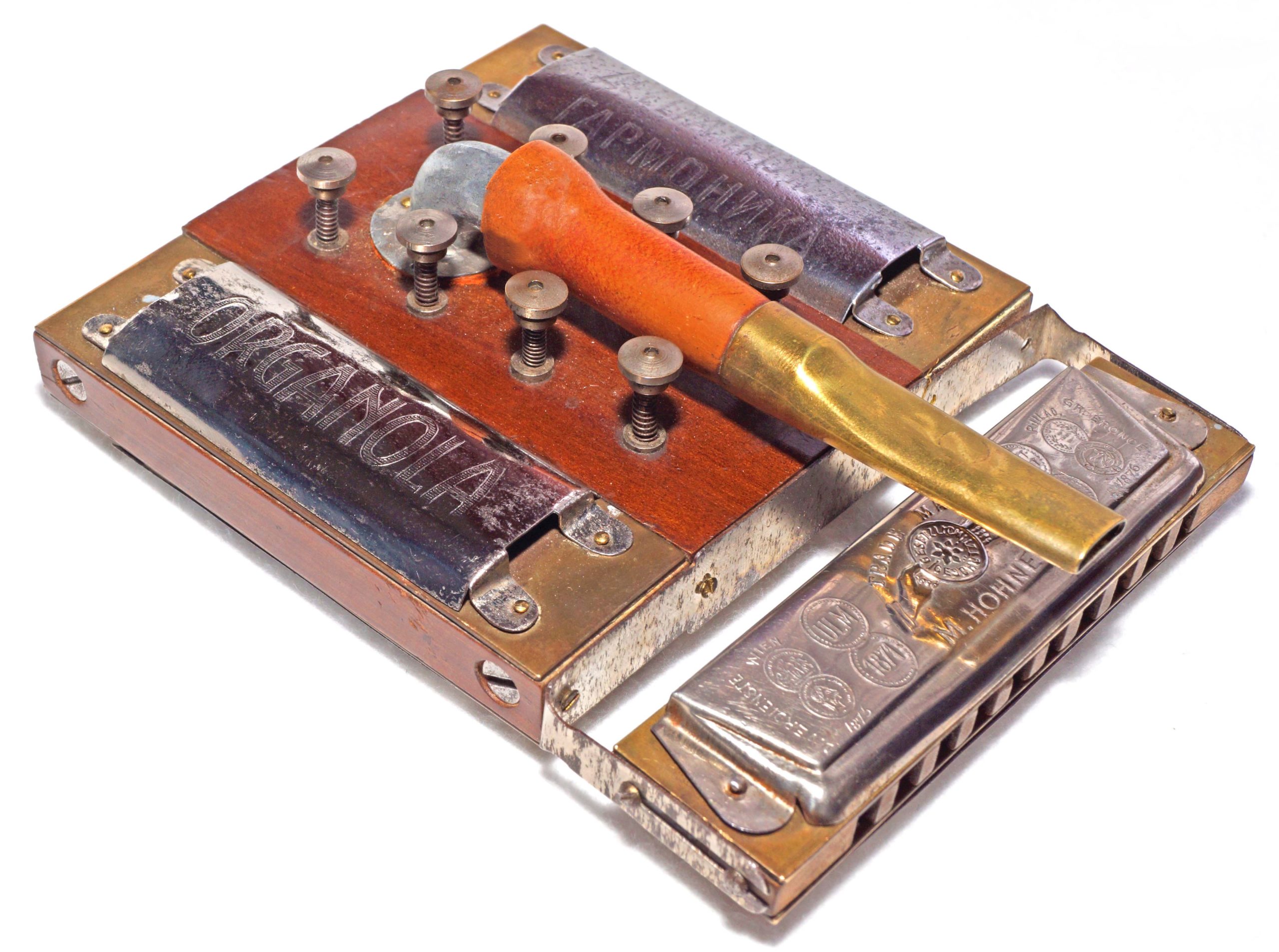
Harmonica and photo: Doug Dawson (Flickr)
You must be logged in to post a comment.